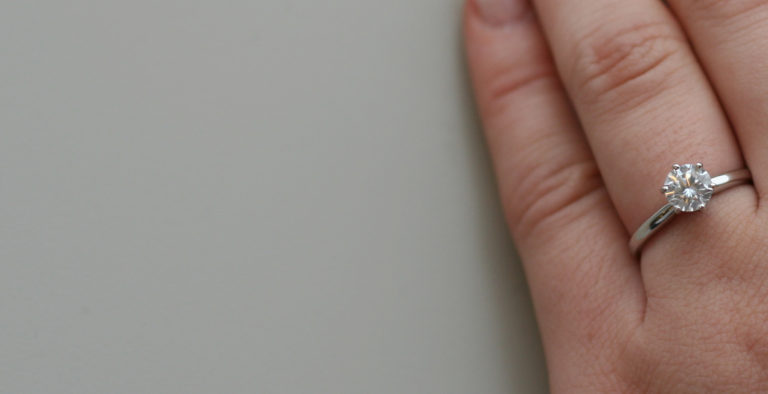With so many types of costume jewelry floating around it can be daunting at first if you are looking for information or are new to collecting. Are you wondering about the different styles, price ranges, and materials of costume jewelry? Are you curious about a piece you already have? Read on to find out more about costume jewelry and collecting.
HISTORY
We tend to think of costume jewelry as a modern invention, rooted only in 20th century. You may have heard costume jewelry referred to as “junk jewelry,” implying that the craftsmanship is poor and the materials cheap. “Paste” stones were used as early as the 18th century to imitate precious and semi-precious stone settings. Victorian and Edwardian brooches often featured brass finding and cut or molded glass. The market for these costume pieces greatly expanded in the 20th century.
The invention of faster machining and molding for glass and metal and the varying types of plastics created in the 20th century led to an explosion of available colors, weights, and designs in costume jewelry. Some of the most collectible costume jewelry was made between 1900 and 1930, though some later examples can be quite desirable as well. The Art Deco period saw a number of designers making costume jewelry more famous and more stylish. Designers like Coco Chanel, Miriam Haskell, and Alfred Phillipe (Trifari) produced designs that were highly desirable and sold well, ensuring that the costume jewelry market thrived for decades to come.
WHY COLLECT?
The main appeal of costume jewelry is the low cost and great versatility the pieces provide. You could own a costume jewelry necklace to go with each of your dresses, whereas owning that many fine jewelry pieces might be financially attainable. Before costume jewelry became more common, lower- and middle-class women may have owned one or two fine jewelry items, if that.
Costume jewelry is affordable and comes in an array of designs and colors that are nearly endless. Large sparkling stones of glass or acrylic give an appearance few of us could afford with fine jewelry. The low risk and high style of costume jewelry continues to delight buyers and collectors. Today, costume jewelry pieces can sell into the thousands, depending on the provenance of the pieces.
WHAT TO LOOK FOR
Some of the most collectible pieces of costume jewelry will be marked. Early Miriam Haskell pieces retain their value well, while newer Haskell pieces can sell for far less. Trifari prices also tend to fluctuate, especially since there were many similar necklaces created (i.e. choker length off-white pearls). The mark will often be on the clasp for necklaces, the back mount or pin for brooches, inside band of rings, and various places on earrings. While unmarked pieces may also sell well, identifying a mark can help you date and price a piece appropriately, as well as help with research.
RHINESTONE JEWELRY
Glass or acrylic stones may be pasted into place or held in by metal prongs. Frequently, rhinestones are seen as prong-set in an interlocking chain with stones that are square. These can be well-made or quite cheap. How well the rhinestones on a piece have kept their color can affect value. Rhinestone jewelry pieces can be quite old, and you might not find a signature on an older piece. Valuation on rhinestone pieces is associated with age or maker, so examine your piece closely. Does it seem new or light and bear no mark? Then it is probably a reproduction and has little value beyond that of its aesthetic.



